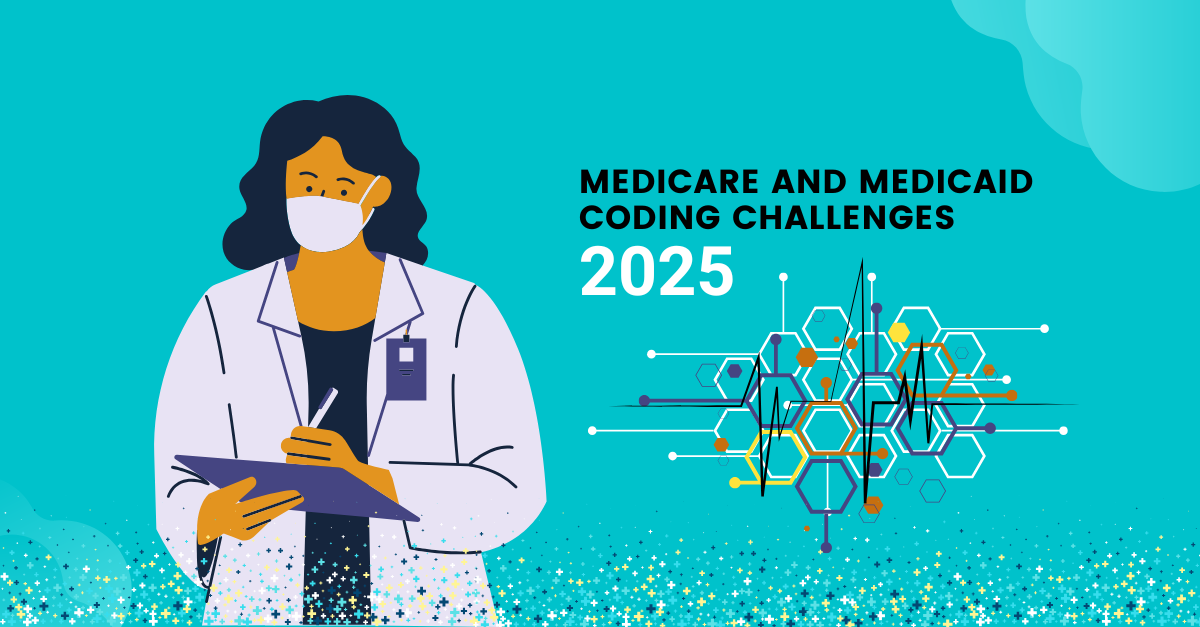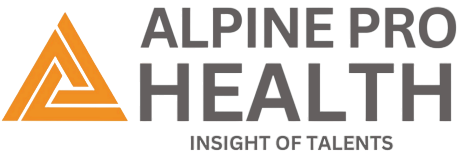As we step into 2025, Emergency care centers continue to play a crucial role in the healthcare system, providing accessible and immediate care for patients. However, coding and billing for CMS patients present unique challenges that require careful navigation to ensure compliance and optimize reimbursements. This article explores these challenges, highlights common pitfalls, and provides best practices to ensure accurate coding and billing.
Understanding CMS Coding Requirements
CMS is government funded programs with distinct rules and regulations regarding coding and billing. It is vital for emergency care providers to understand the nuances of each program to avoid claim denials and ensure proper reimbursement.
Medicare Coding Requirements
This is a federal program primarily for individuals aged 65 and older, as well as certain younger individuals with disabilities. Some key aspects :
- Use of CPT and HCPCS Codes
- It requires the use of Current Procedural Terminology (CPT) codes and Healthcare Common Procedure Coding System (HCPCS) codes for billing procedures and services.
- Specific HCPCS Level II codes must be used for supplies, equipment, and some services not covered under CPT.
- Medical Necessity and Documentation
- It strictly evaluates claims based on medical necessity. Documentation must clearly justify why a service or procedure was performed.
- Advanced Beneficiary Notices (ABNs) may be necessary when a service may not be covered.
- Evaluation and Management (E/M) Coding
- In 2025, Medicare continues to follow the revised E/M coding guidelines, which emphasize medical decision-making (MDM) and time-based coding.
- Providers should ensure proper selection of E/M levels to reflect the complexity of care accurately.
- Telehealth and Remote Services
- It has expanded telehealth coverage, but urgent care centers must ensure they use appropriate Place of Service (POS) codes and modifiers for virtual visits.
Medicaid Coding Requirements
It is a joint federal and state program that provides healthcare coverage to low-income individuals. Since Medicaid programs vary by state, urgent care providers must be familiar with their specific state’s rules. Key considerations include:
- State-Specific Regulations
- Each state determines its own Medicaid reimbursement policies and covered services.
- Some states require pre-authorization for certain procedures or medications.
- EPSDT (Early and Periodic Screening, Diagnostic, and Treatment) Services
- For pediatric patients, Medicaid mandates EPSDT services, which require compliance with specific screening and treatment guidelines.
- Bundled Payments and Reimbursement Models
- Some states use bundled payments, which means certain services may not be billed separately.
- Providers must understand how services are reimbursed to avoid underbilling or overbilling.
- Managed Care Organizations (MCOs)
- Many Medicaid beneficiaries are enrolled in MCOs, which may have their own billing rules and prior authorization requirements.
- Urgent care providers must verify patient eligibility and understand each MCO’s payment structure.
Common Pitfalls and How to Ensure Compliance in Urgent Care
Urgent care centers face several common coding and billing challenges when working with CMS patients. Below are some pitfalls and strategies to avoid them.
1. Incorrect E/M Coding
- Pitfall: Selecting an E/M level that does not accurately reflect the complexity of care can result in audits and claim denials.
- Solution: Use the updated 2025 E/M guidelines, ensuring proper documentation of medical decision-making and time spent with the patient.
2. Lack of Medical Necessity Documentation
- Pitfall: CMS require justification for services provided. Insufficient documentation can lead to claim rejections.
- Solution: Ensure all procedures, lab tests, and treatments are medically necessary and well-documented in the patient’s record.
3. Missing or Incorrect Modifiers
- Pitfall: Modifiers indicate service specifics, such as location or telehealth. Missing or incorrect modifiers can cause claim denials.
- Solution: Stay updated on Medicare and Medicaid modifier requirements and apply them correctly.
4. Failure to Verify Eligibility and Coverage
- Pitfall: Medicaid eligibility changes frequently, and failing to verify a patient’s coverage can lead to unpaid claims.
- Solution: Check eligibility at every visit using real-time verification tools.
5. Not Following State-Specific Medicaid Guidelines
- Pitfall: Medicaid rules vary by state, and billing errors often occur when providers assume uniform regulations.
- Solution: Stay informed about your state’s Medicaid policies, including prior authorization requirements and coverage limitations.
6. Ignoring Telehealth Coding Requirements
- Pitfall: Using incorrect place-of-service codes or failing to include required telehealth modifiers can lead to non-payment.
- Solution: Follow CMS telehealth guidelines, including the correct codes, modifiers, and documentation for virtual visits.
7. Submitting Claims Late
- Pitfall: Medicaid programs have strict deadlines for claim submission, and missing deadlines can lead to non-payment.
- Solution: Submit claims promptly and track outstanding claims to ensure timely reimbursement.
Best Practices for Compliance and Optimized Reimbursement in Urgent Care
To avoid coding challenges and maximize reimbursements, urgent care providers should adopt the following best practices:
- Invest in Ongoing Training
- Regularly train billing and coding staff on updated CMS guidelines.
- Stay informed on changes through CMS updates and state Medicaid bulletins.
- Utilize Certified Coders
- Employ certified medical coders (CPC, COC,CCS-P) who are knowledgeable about CMS regulations.
- Implement Robust EHR and Billing Software
- Use Electronic Health Records (EHR) and billing software with built-in compliance features.
- Ensure software is updated to reflect the latest coding changes.
- Conduct Internal Audits
- Regularly review coding accuracy and documentation to prevent errors before claims submission.
- Perform compliance audits to identify and address potential risks.
- Establish Clear Policies and Procedures
- Develop standardized workflows for coding, billing, and documentation.
- Ensure providers and staff follow consistent protocols to reduce claim denials.
- Engage with Payers
- Maintain communication with Medicare Administrative Contractors (MACs) and state Medicaid offices.
- Participate in provider education sessions offered by CMS and Medicaid agencies.
By proactively addressing CMS coding challenges, emergency care centers can enhance their billing accuracy, minimize compliance risks, and optimize reimbursements in 2025. Staying informed and implementing best practices will ensure seamless operations and continued financial health for urgent care providers.
Alpine Pro Health specializes in accurate medical coding and billing services, ensuring compliance with Medicare and Medicaid regulations. Their expertise helps urgent care centers navigate coding challenges, avoid common pitfalls, and optimize reimbursements.


